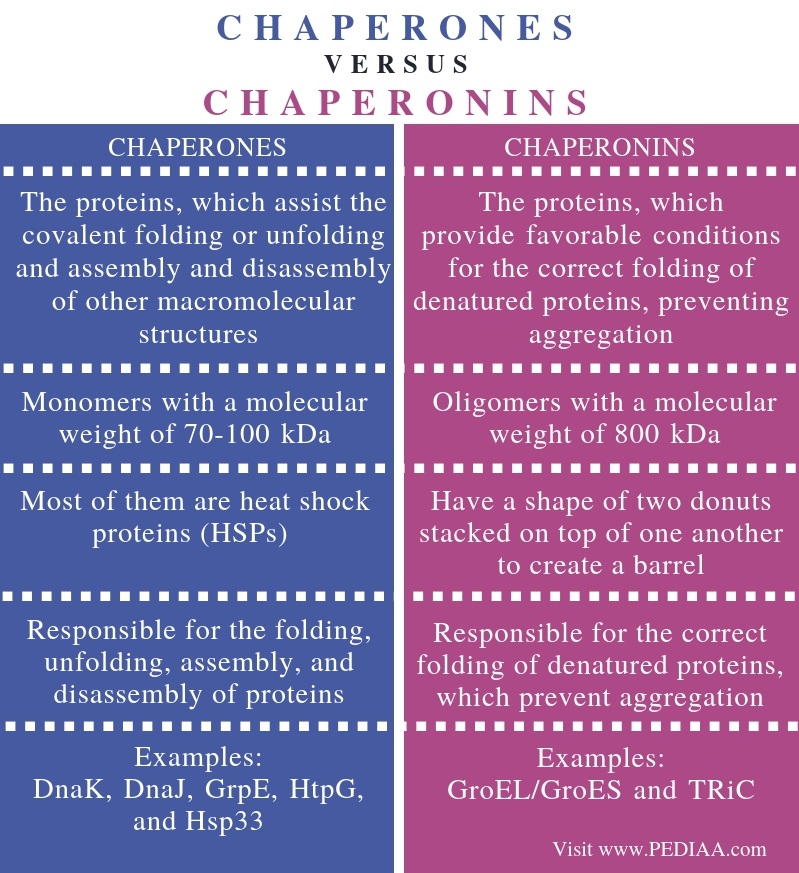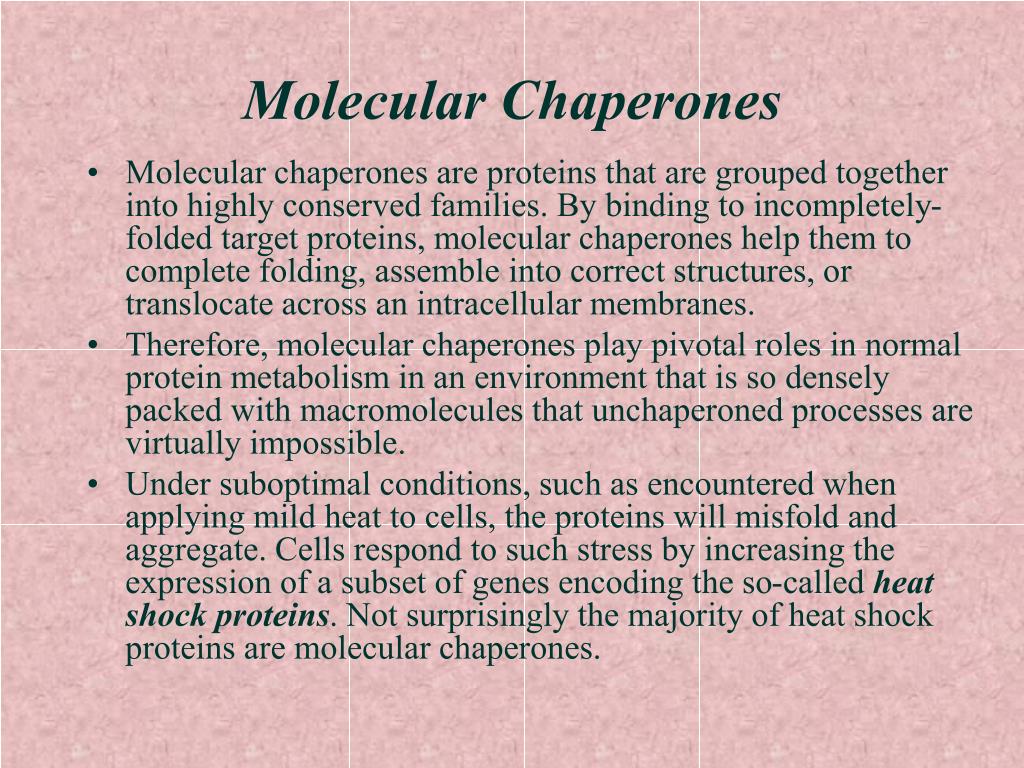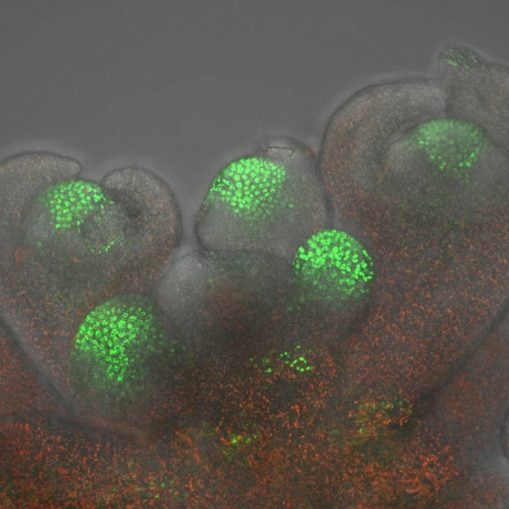
#Molecular chaperone definition free#
Exchange of ADP for ATP results in the opening of the SBDα lid and subsequent release of the substrate, which then is free to fold. This creates a low off rate for high-affinity substrate binding and protects the bound substrate from premature folding or aggregation. Upon ATP hydrolysis, ADP is bound to the NBD and the lid closes on the bound substrate. The activity of BiP is regulated by its allosteric ATPase cycle: when ATP is bound to the NBD, the SBDα lid is open, which leads to the conformation of SBD with low affinity to substrate. An inter-domain linker connects NBD and SBD, favoring the formation of an NBD–SBD interface. SBDβ serves as a binding pocket for client proteins or peptide and SBDα serves as a helical lid to cover the binding pocket. The SBD is divided into two subdomains: SBDβ and SBDα.

The subdomains are separated by a cleft where the nucleotide, one Mg 2+, and two K + ions bind and connect all four domains (IA, IB, IIA, IIB). The NBD consists of two large globular subdomains (I and II), each further divided into two small subdomains (A and B). The NBD binds and hydrolyzes ATP, and the SBD binds polypeptides. BiP is an abundant protein under all growth conditions, but its synthesis is markedly induced under conditions that lead to the accumulation of unfolded polypeptides in the ER.īiP contains two functional domains: a nucleotide-binding domain (NBD) and a substrate-binding domain (SBD). BiP is also an essential component of the translocation machinery and plays a role in retrograde transport across the ER membrane of aberrant proteins destined for degradation by the proteasome. īiP is a HSP70 molecular chaperone located in the lumen of the endoplasmic reticulum (ER) that binds newly synthesized proteins as they are translocated into the ER, and maintains them in a state competent for subsequent folding and oligomerization.

chaperone cofactor-dependent protein refolding.cellular response to nerve growth factor stimulus.response to methamphetamine hydrochloride.positive regulation of neuron projection development.regulation of IRE1-mediated unfolded protein response.positive regulation of protein ubiquitination.proteolysis involved in cellular protein catabolic process.negative regulation of protein homodimerization activity.regulation of PERK-mediated unfolded protein response.cerebellar Purkinje cell layer development.IRE1-mediated unfolded protein response.ATF6-mediated unfolded protein response.endoplasmic reticulum unfolded protein response.PERK-mediated unfolded protein response.response to endoplasmic reticulum stress.negative regulation of transforming growth factor beta receptor signaling pathway.protein folding in endoplasmic reticulum.


positive regulation of transcription from RNA polymerase II promoter in response to endoplasmic reticulum stress.regulation of protein folding in endoplasmic reticulum.cellular response to glucose starvation.regulation of ATF6-mediated unfolded protein response.


 0 kommentar(er)
0 kommentar(er)
